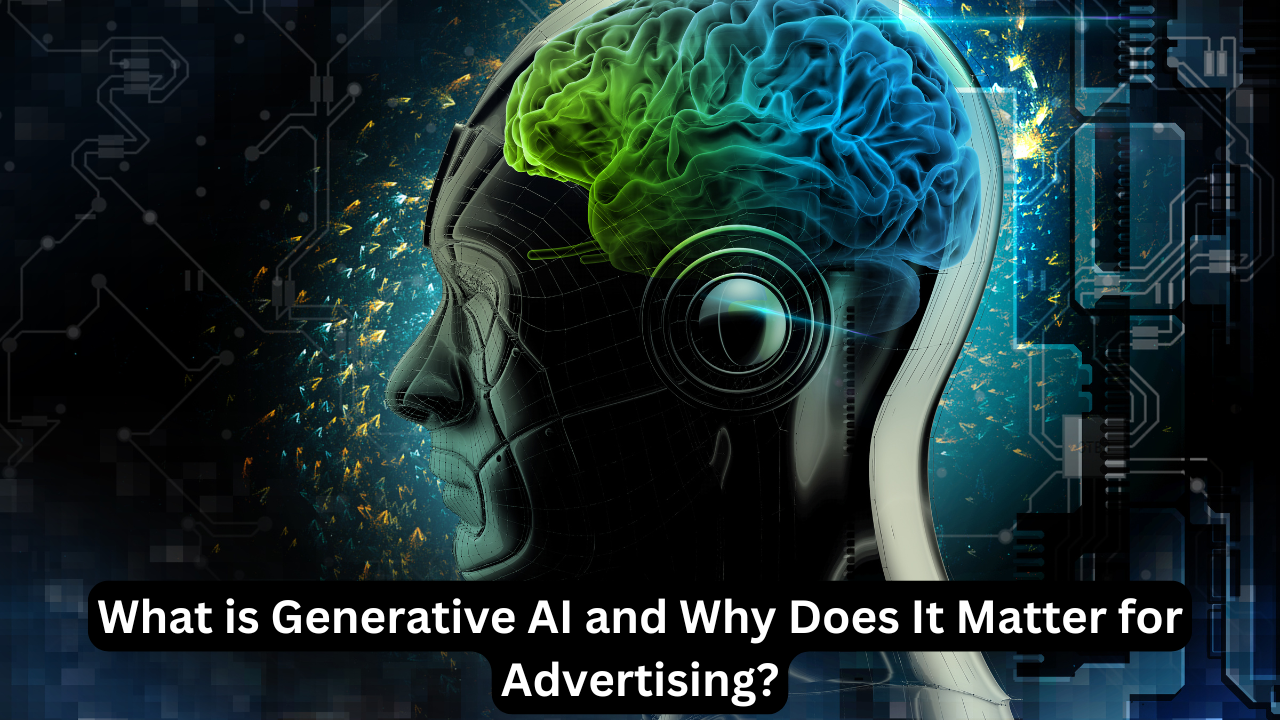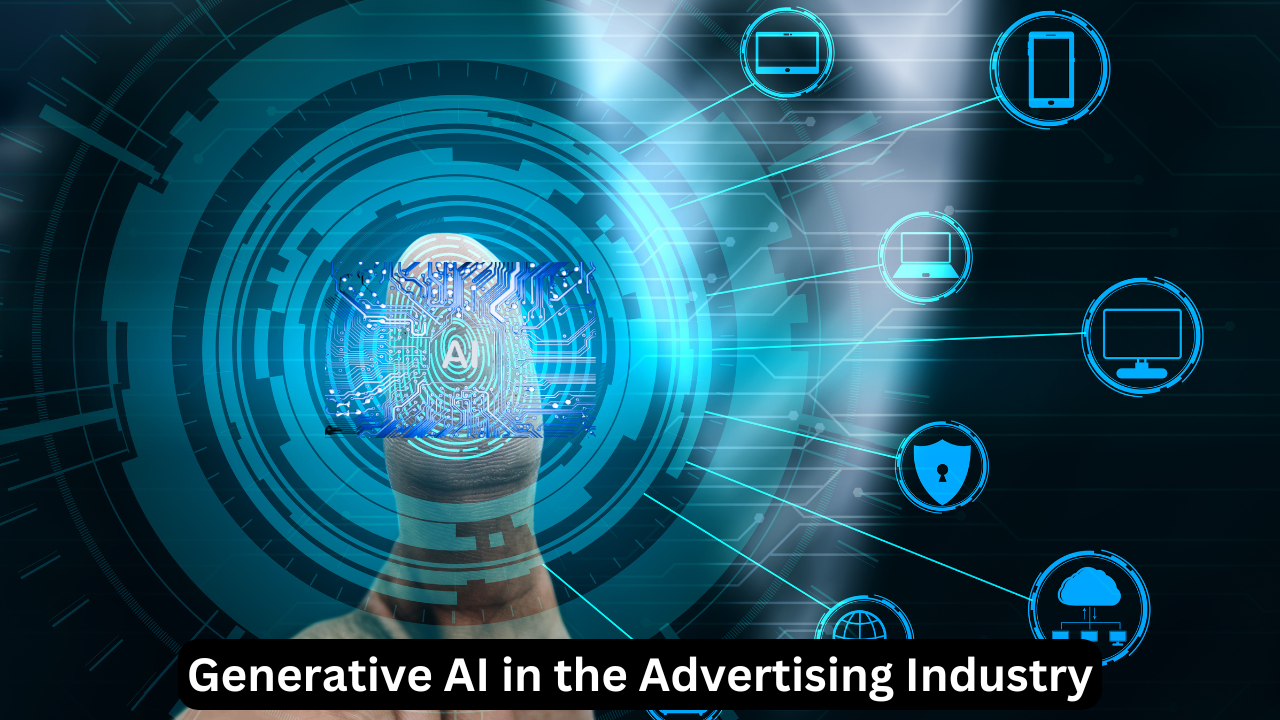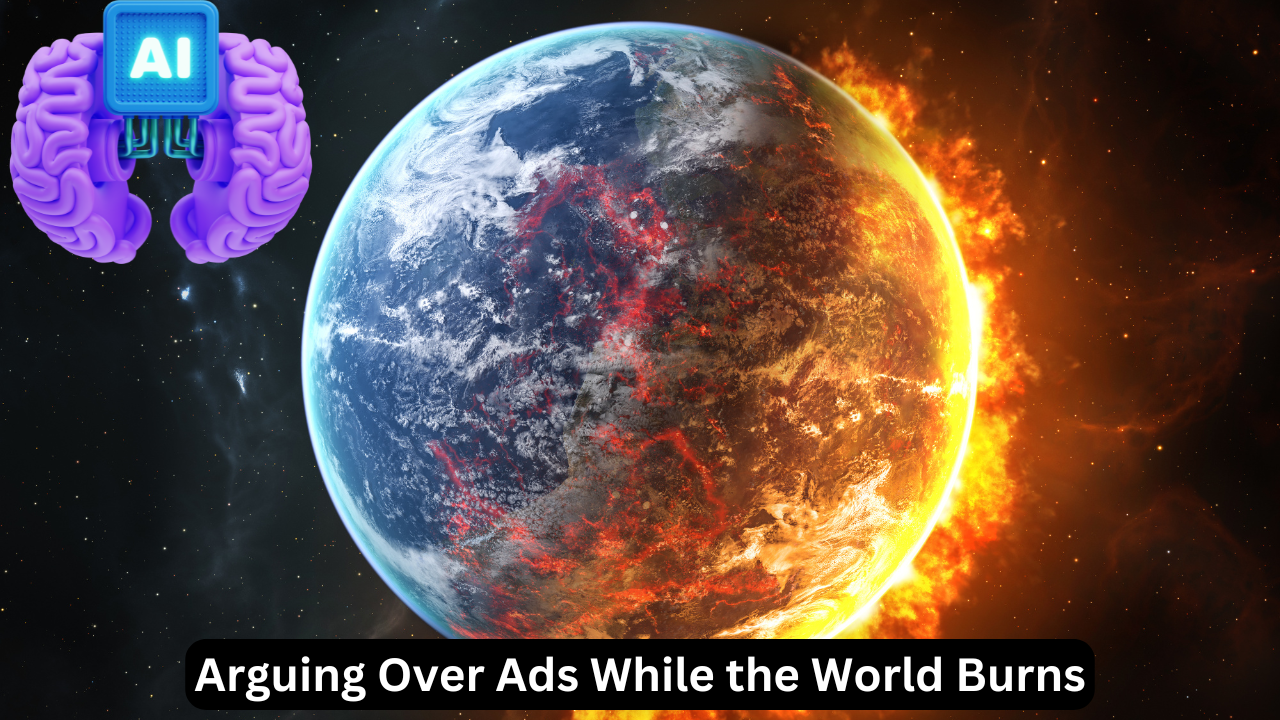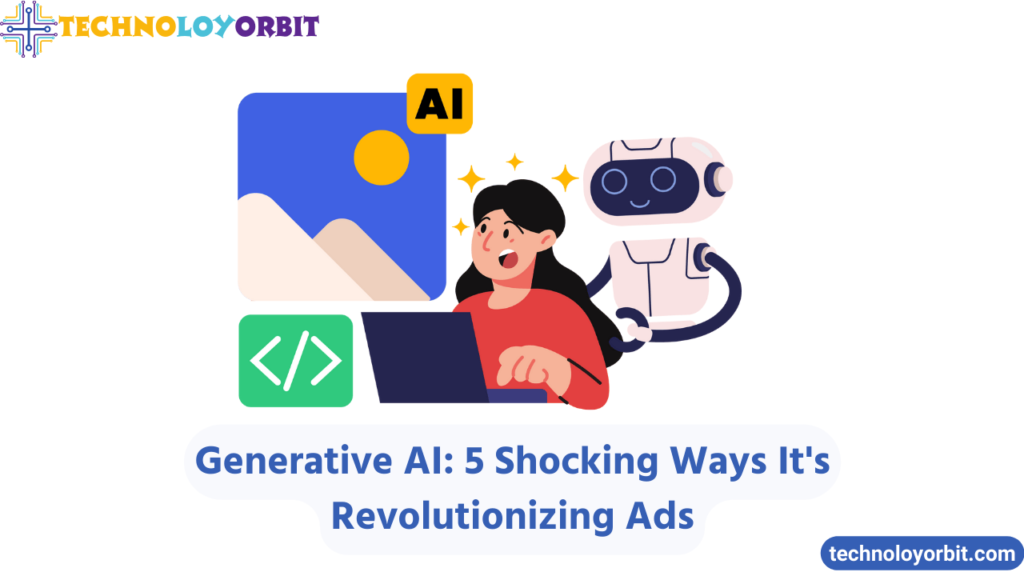Generative AI is reshaping advertising by creating personalized, engaging content quickly, but it raises concerns about authenticity, ethics, and its environmental impact in the industry.
The rise of generative AI is transforming multiple industries, with advertising being one of the most affected. Coca-Cola’s recent AI-driven advertisement is a perfect example of how this technology is changing the face of media and advertising, pushing the boundaries of creativity and innovation. The ad, created using generative AI, has become a conversation piece for many. While the world faces serious issues like climate change and economic instability, we seem more invested in debating the ethics and efficacy of AI in advertising.
This paradox—arguing over digital ads while ignoring larger global problems—reveals much about our society’s values. In this article, we explore the role of generative AI in advertising, why debates about these AI ads arise, and the broader implications for an AI-driven future. We’ll also look at Coca-Cola’s ad campaign as a case study to dive deeper into the emerging role of AI in marketing.
What is Generative AI and Why Does It Matter for Advertising?

Generative AI refers to a class of machine learning models designed to create content—whether it’s text, images, music, or videos. Using sophisticated algorithms and deep neural networks, these models learn from vast amounts of data and then generate new, unique content based on patterns they’ve observed. Generative AI is now being applied in various fields, including advertising, where it is increasingly being used to create ads that feel hyper-realistic and highly personalized.
For advertisers, generative AI offers numerous advantages. It can generate content quickly and scale to reach global audiences, providing businesses with the tools to target specific demographics in real-time. AI models like GPT-3 and DALL·E are used to generate compelling ad copy and create dynamic visuals that reflect the tastes and preferences of the consumer. Coca-Cola’s use of generative AI in its ad campaign demonstrates the power of AI to break new creative ground, delivering ads that resonate emotionally with audiences while maintaining brand identity.
However, despite its capabilities, generative AI also raises some important questions. Does AI have the ability to understand human emotions in the same way that creative professionals can? Is there a risk of losing authenticity in ads when they are generated by algorithms instead of human minds? As we look at the broader implications of AI in advertising, these questions are crucial to consider.
The Coke AI Ad: A Case Study in Modern Advertising
The Coca-Cola AI advertisement serves as a fascinating case study in how AI is reshaping the advertising landscape. The campaign, powered by generative AI, features surreal yet highly captivating visuals. It blends art and commerce, evoking nostalgia and wonder while promoting the Coca-Cola brand. By using AI to create this ad, Coca-Cola was able to test the limits of creative expression, pushing the boundaries of what is possible with technology.
However, the ad didn’t just garner praise—it also sparked a range of debates. Some viewers celebrated it as an example of innovation, while others criticized it for lacking the emotional depth typically found in human-created ads. This divide in opinions highlights the tension between human creativity and machine-generated content. AI can mimic patterns, but it doesn’t have the lived experiences that shape the authenticity and emotional resonance of human-created ads.
This debate touches on a larger issue regarding the ethics of AI-generated content. If generative AI is used to manipulate consumer behavior through hyper-realistic ads, how much control do we really have over our purchasing decisions? The Coke ad raises these concerns, and as AI continues to infiltrate the world of advertising, these questions will become more pressing.
Generative AI in the Advertising Industry: Potential and Pitfalls

The potential of generative AI in advertising is undeniable. AI has the ability to create dynamic, personalized content at an unprecedented scale. Marketers can now deliver highly targeted campaigns, adapting to the needs and preferences of individual consumers. For instance, AI can generate ad copy that speaks directly to a consumer’s past behavior or search history, creating a more personalized experience that feels more authentic.
However, the rise of AI in advertising comes with several challenges and risks. One significant concern is deepfake technology—AI models capable of creating hyper-realistic but entirely fabricated videos. This technology, while innovative, also carries the potential for deception. AI-generated ads can be so convincing that consumers may find it difficult to differentiate between what is real and what is manufactured.
Another concern is the environmental impact of generative AI. AI models require vast amounts of computational power, which in turn consumes a large amount of energy. As global environmental challenges mount, the irony of debating AI ads while ignoring the environmental cost of these technologies is hard to ignore. This paradox highlights a deeper issue with the overreliance on digital technologies without considering their broader environmental implications.
The Ethical Dilemma: Does Generative AI Respect Authenticity in Advertising?
At the heart of the AI-driven advertising debate lies the question of authenticity. Traditional advertisements are created by human designers who understand cultural nuances, emotional appeal, and the subtleties of language. While generative AI can produce visually stunning content and write compelling copy, can it truly understand the depth of human emotions? Can an AI-generated ad replicate the authenticity that human creators can infuse into their work?
Some critics argue that generative AI is a tool that prioritizes efficiency over emotional depth. While AI can produce high-quality content quickly, it often lacks the spontaneity, cultural awareness, and human connection that resonate with viewers. A Coca-Cola ad created by AI may look beautiful, but it may lack the authenticity of previous campaigns that have focused on human experiences, such as shared moments with family or friends.
As generative AI continues to evolve, it is essential for brands to strike a balance between using AI for efficiency and maintaining a sense of authenticity in their campaigns. Advertisers should consider whether the use of AI compromises their ability to emotionally connect with their audience.
The Environmental Paradox: Arguing Over Ads While the World Burns

One of the most striking aspects of the debate around generative AI in advertising is the environmental paradox it presents. On one hand, we have global discussions about the urgent need to address climate change, yet on the other hand, we see industries embracing energy-intensive technologies like AI without fully considering their environmental impact.
Training large AI models, such as those used in generative AI, requires enormous computational power, which in turn demands substantial energy resources. The environmental cost of these AI-driven innovations is high, and as AI becomes more widespread in advertising, it’s crucial to examine how we can mitigate this impact. The irony of discussing AI-driven ads while facing an environmental crisis is stark. In many ways, the ad debates distract us from the larger, more urgent issue: the need for sustainable technological development.
To reduce the environmental footprint of generative AI, the tech industry could transition to renewable energy sources for their data centers, optimize AI models to be more energy-efficient, and implement sustainable practices across the board. Advertisers, too, must consider the environmental impact of their ad campaigns and strive to create content in more sustainable ways.
Energy Consumption and Environmental Impact of AI Technologies
| Technology | Energy Consumption (per model) | Environmental Impact | Sustainable Solutions |
|---|---|---|---|
| Generative AI | High (Requires large-scale data processing) | Significant carbon footprint from data centers | Renewable energy for data centers, energy-efficient AI models |
| Traditional Advertising | Moderate (Minimal digital resource use) | Lower environmental impact | Paperless campaigns, digital-first strategies |
| AI for Video Editing | High (Video rendering and processing) | Increased power demand | Using optimized algorithms, reducing rendering times |
FAQs: Understanding AI in Advertising
Q1: What is generative AI in advertising?
Generative AI refers to the use of advanced machine learning models to create new content, such as text, images, and videos. In advertising, it allows companies to generate personalized ads that cater to individual preferences.
Q2: How does Coca-Cola use AI in its advertisements?
Coca-Cola uses generative AI to create visually captivating ads, experimenting with AI’s ability to produce surreal and innovative imagery. The brand leverages AI to push creative boundaries while maintaining brand consistency.
Q3: Are AI-generated ads as effective as human-created ads?
While generative AI can produce high-quality content quickly, there’s ongoing debate about whether AI can replicate the emotional depth and authenticity of ads created by human designers. The effectiveness depends on the campaign and its goals.
Q4: Can AI-generated content be trusted by consumers?
The trustworthiness of generative AI content depends on transparency and ethical guidelines. As AI-generated media becomes more prevalent, it’s essential for brands to be transparent about their use of AI to build consumer trust.
Q5: What are the environmental concerns with using generative AI in advertising?
Training and running AI models require significant computational resources, leading to higher energy consumption. As the environmental impact of AI grows, it’s essential for the tech industry to adopt more sustainable practices.
Conclusion: Embracing Generative AI While Addressing Its Challenges
The integration of generative AI into advertising is a promising development, offering creative opportunities and efficiencies. However, it also raises important questions about authenticity, ethics, and the environmental impact of technology. While AI can generate stunning content, its use must be balanced with consideration for its broader effects on society and the planet. As we move forward, it’s crucial for the industry to address these challenges while continuing to explore the vast potential of generative AI in reshaping the advertising world. Please follow out blog Technoloyorbit.



